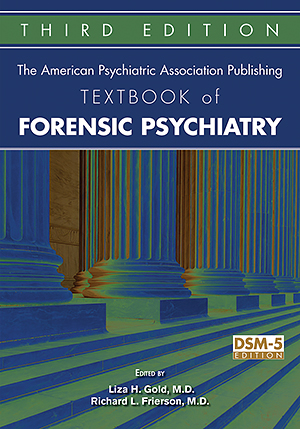Chapter 28.Violence Risk Assessment
Sections
Excerpt
Interpersonal violence is a leading cause of death and a primary concern for public health and policy. Assessing and managing the risk of violence has become a primary concern of psychiatry, particularly forensic psychiatry. Decades ago in his seminal article, Shah (1978) documented at least 15 contexts in which mental health professionals must assess risk of violence; since then, the number of such contexts has increased. For example, questions of violence risk emerge amid general psychiatric practice, particularly during decisions about hospitalization or discharge. Importantly, widespread deinstitutionalization and disappearing options for inpatient care have left community psychiatrists treating severely ill, and potentially dangerous, patients far more than in previous decades (Buchanan et al. 2012). Questions about violence risk remain central to criminal sentencing proceedings, juvenile disposition and transfer proceedings, and child protection matters. Even in psychiatric evaluations that do not obviously address violence, such as those addressing malpractice, preemployment screening, workplace disability, fitness for duty, university disciplinary proceedings, or even immigration proceedings, concerns about violence risk may be central to certain cases.
Access content
To read the fulltext, please use one of the options below to sign in or purchase access.- Personal login
- Institutional Login
- Sign in via OpenAthens
- Register for access
-
Please login/register if you wish to pair your device and check access availability.
Not a subscriber?
PsychiatryOnline subscription options offer access to the DSM-5 library, books, journals, CME, and patient resources. This all-in-one virtual library provides psychiatrists and mental health professionals with key resources for diagnosis, treatment, research, and professional development.
Need more help? PsychiatryOnline Customer Service may be reached by emailing [email protected] or by calling 800-368-5777 (in the U.S.) or 703-907-7322 (outside the U.S.).



